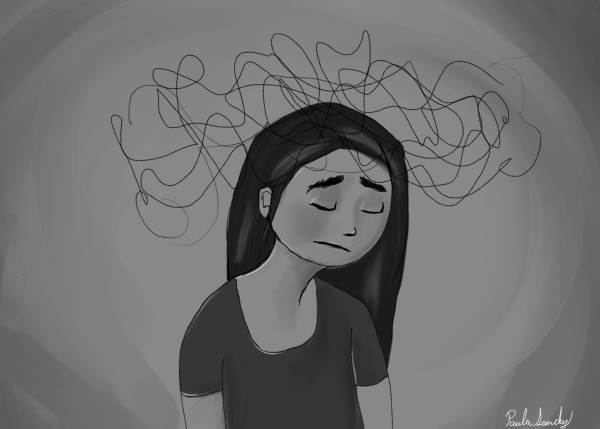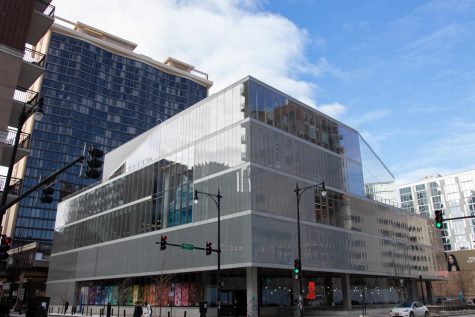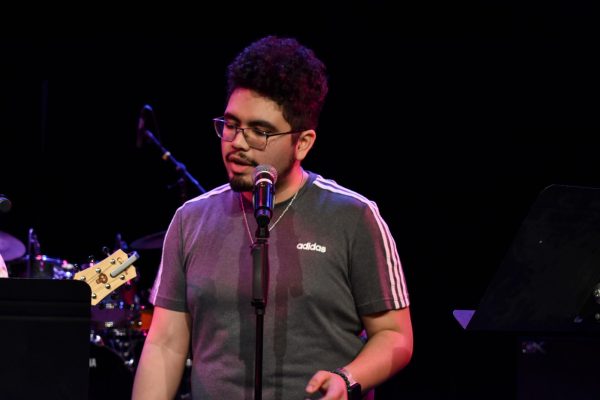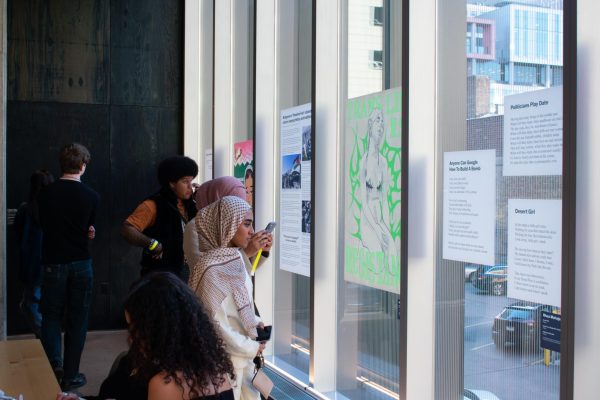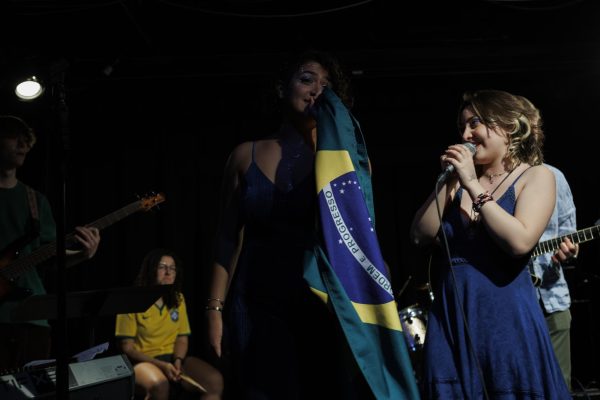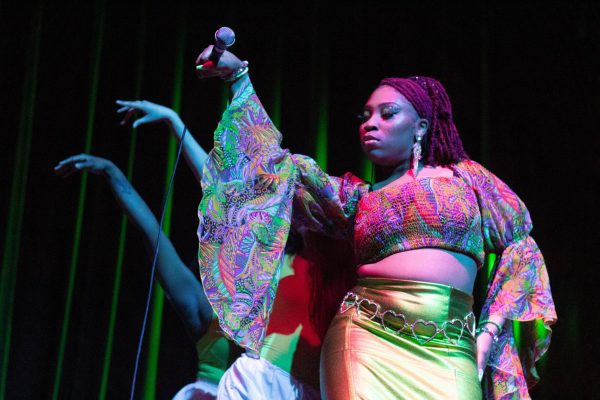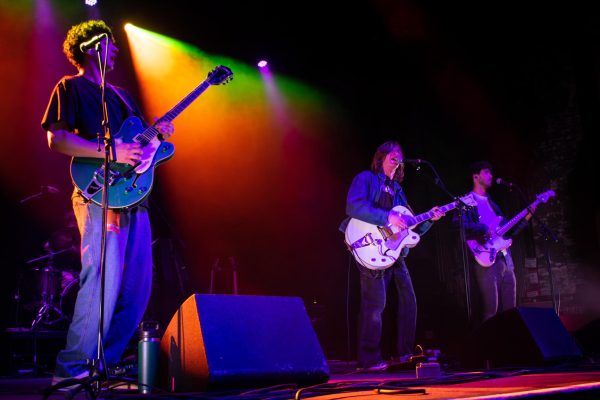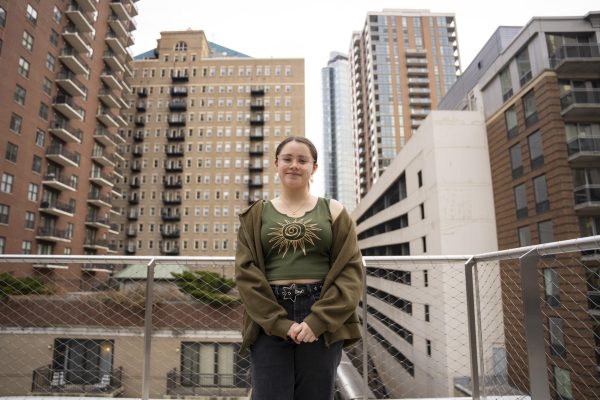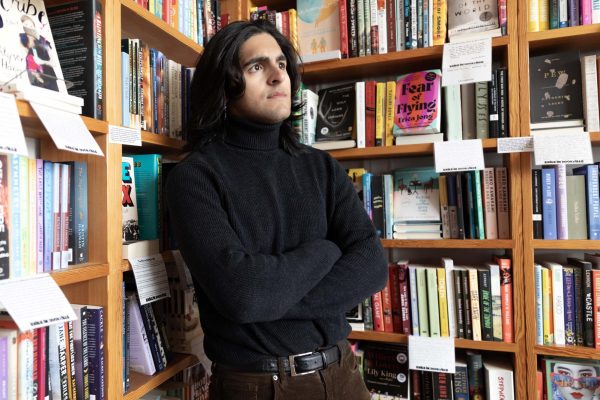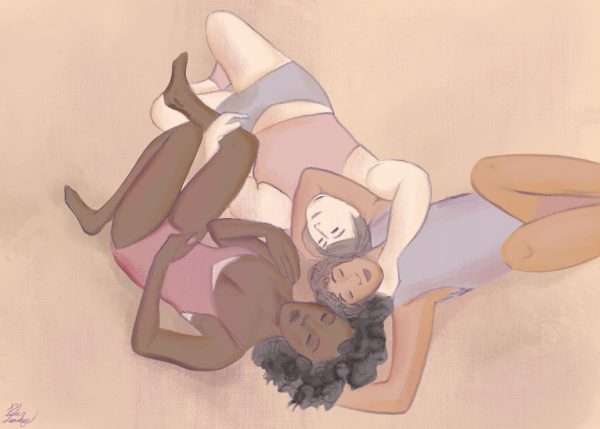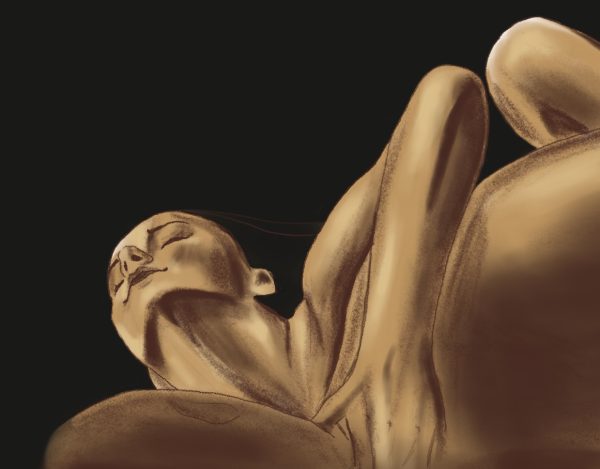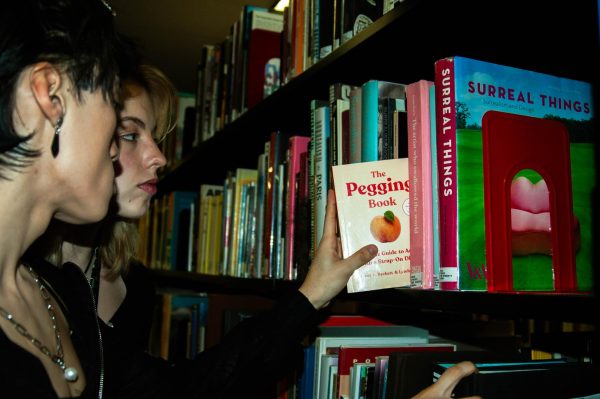Pinhole in one
September 22, 2008
On any given fall morning, Valerie Burke wakes to see the mountains of Colorado outside her window. Before long, she steps out into the brisk air and begins to think of different ways to create her art. Often times it leads to her laundry room, where she takes photographs.
Burke isn’t shooting pictures of her clothes or sorting her garments, she’s using her hamper as a camera. Instead of working with a traditional camera, she uses the light-tight box with a tiny hole punched in it, also known as a pinhole camera.
“I left the world of the traditional camera behind,” Burke said. “I do a lot of spontaneous types of work, and I feel that it kind of taps into me better than formalized assignments.”
Although the story of Burke, doing this craft for 28 years and teaching at Columbia for 13 of those years, may be a rare tale in itself, many young artists are interested in the craft today. In response to the growing number of people paying attention to the art, the Museum of Contemporary Art, 220 E. Chicago Ave., will host a pinhole camera-making workshop on Oct. 4 as part of its Saturday Shorts program.
“These workshops are a nice way to get in touch with your creativity, and you leave with something you made,” said Kristen Kaniewski, education coordinator at the MCA.
The workshop will teach attendees how to make a pinhole camera out of a box and attach Polaroid film to the inside of the box, so they can have instant pictures. Students will also learn about emulsion transfers, a process where Polaroid pictures are boiled in water and moved to other surfaces, like glass. Krystal Meisel, photographer and instructor at the Hyde Park Arts Center, 5020 S. Cornell Ave., will facilitate the class.
“It goes back to the beginning of photography, and to think that something that old can still amaze people to this day is really awesome,” Meisel said. “You just poke a tiny hole and make a picture-there’s no glass, no lens, it’s affordable and pretty easy.”
The Saturday Shorts workshops were designed so anyone can take the classes from any background and gain knowledge about different art forms. Directors at the MCA recognized two years ago that there weren’t any low-cost, low-commitment classes available for people wanting to learn a new craft. Most places, including the MCA, had 6-to 8-week courses and the cost was much higher, Kaniewski said.
Besides the pinhole camera Saturday Short, the MCA has hosted workshops on circuit bending, plushie-making, screenprinting, book making and more. On Nov. 1, after the pinhole camera workshop, the MCA will host a “Zines: The Art of Intervention” class that teaches attendees how to self-publish their own small books.
“We wanted to create something that friends can do together. We’ve had people come on dates, father-daughter days and sister days,” Kaniewski said. “We like to incorporate the social aspect as well as the artistic aspect.”
Burke recommended the workshop because shooting with a pinhole helped her through difficult times in her life. Photography helped her face issues she was going through as a woman, a mother and a wife, and photography brought all these issues to the surface, Burke said.
“Everything is fast today and pinhole slows everything down,” Burke said. “It gives you time to experience things around you.”


